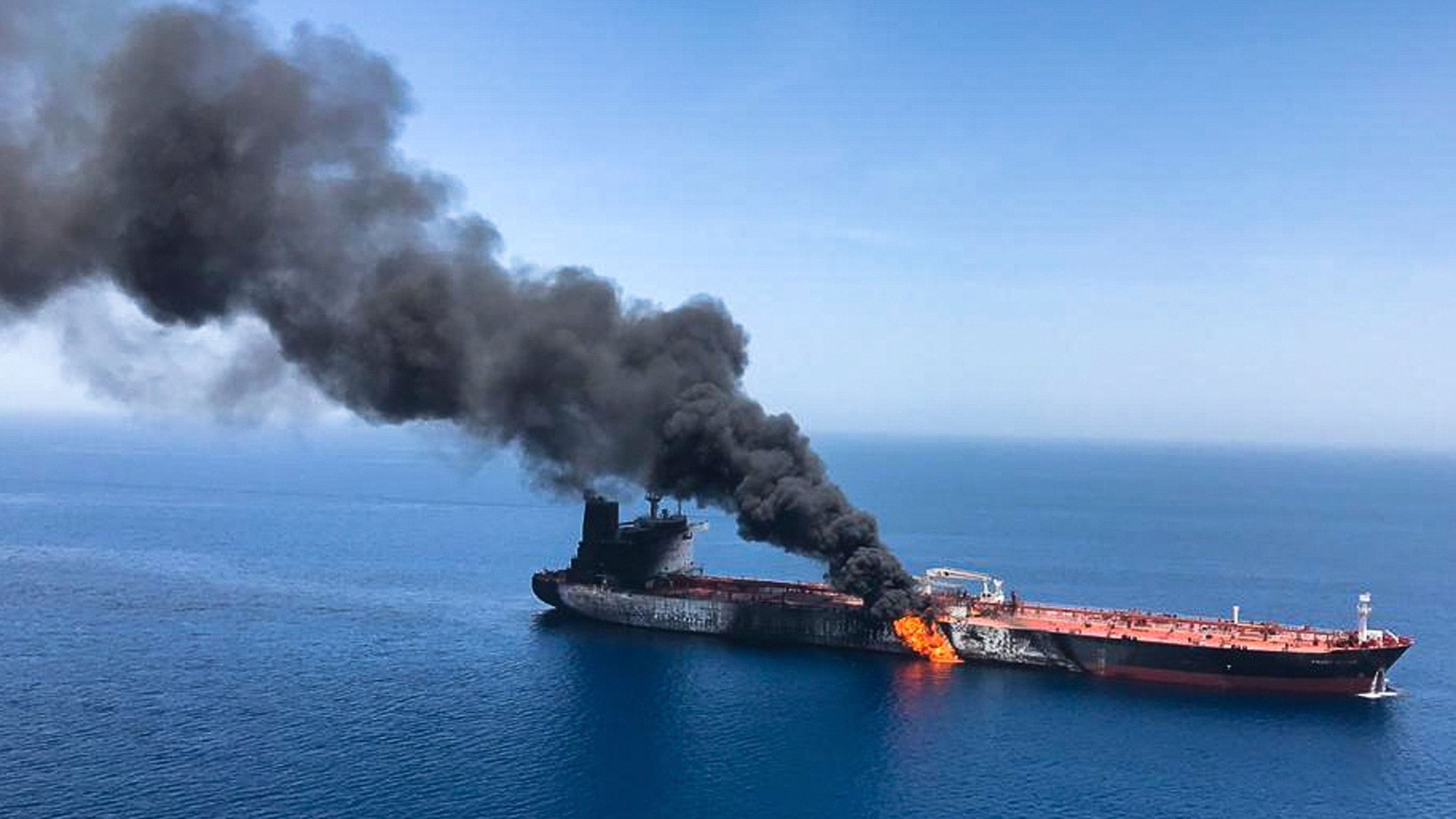A decreased reliance on foreign oil made it easier for the US to kill Iran’s Qassem Soleimani
The assassination of Iran’s influential commander Qassem Soleimani triggered the nation’s supreme leader to vow “harsh retaliation” against America. While neither side wants a war, the US does face possible Iranian attacks on oil infrastructure in the Middle East. If that happens, it’s unlikely to cause severe damage to the US, where dependency on foreign oil has been declining for decades.


The assassination of Iran’s influential commander Qassem Soleimani triggered the nation’s supreme leader to vow “harsh retaliation” against America. While neither side wants a war, the US does face possible Iranian attacks on oil infrastructure in the Middle East. If that happens, it’s unlikely to cause severe damage to the US, where dependency on foreign oil has been declining for decades.
The domestic fracking boom in the 2010s cut the share of US consumption of oil and petroleum products from imports to half its level two decades ago.
In addition to the overall decline of oil imports, the US also became less reliant on oil from the Middle East specifically.
The US’s imports of crude oil from Persian Gulf states (including Bahrain, Iran, Iraq, Kuwait, Qatar, Saudi Arabia, and the United Arab Emirates) declined to 671,000 barrels a day in October 2019, the latest month for which data is available. This is less than half the level a decade ago (1.5 million barrels a day), and a third of the level two decades ago (2.1 million barrels).
The US stopped importing crude oil from Iran in 1991, and its dependency on Saudi Arabia—its biggest importer among Persian Gulf states—declined from 16% two decades ago to 11% in 2018.
Canada surpassed Saudi Arabia as the largest single exporter of oil to the US in 2014. Today Canada accounts for about 48% of the US’s crude oil imports.
However, a potential attack from Iran on energy companies in the Middle East could damage the global inventory of oil supply, hiking prices and creating shortages for regions that are dependent on imports from the Middle East. This would eventually get to the US (paywall)—a third of its petroleum and oil products consumption is still from imports.